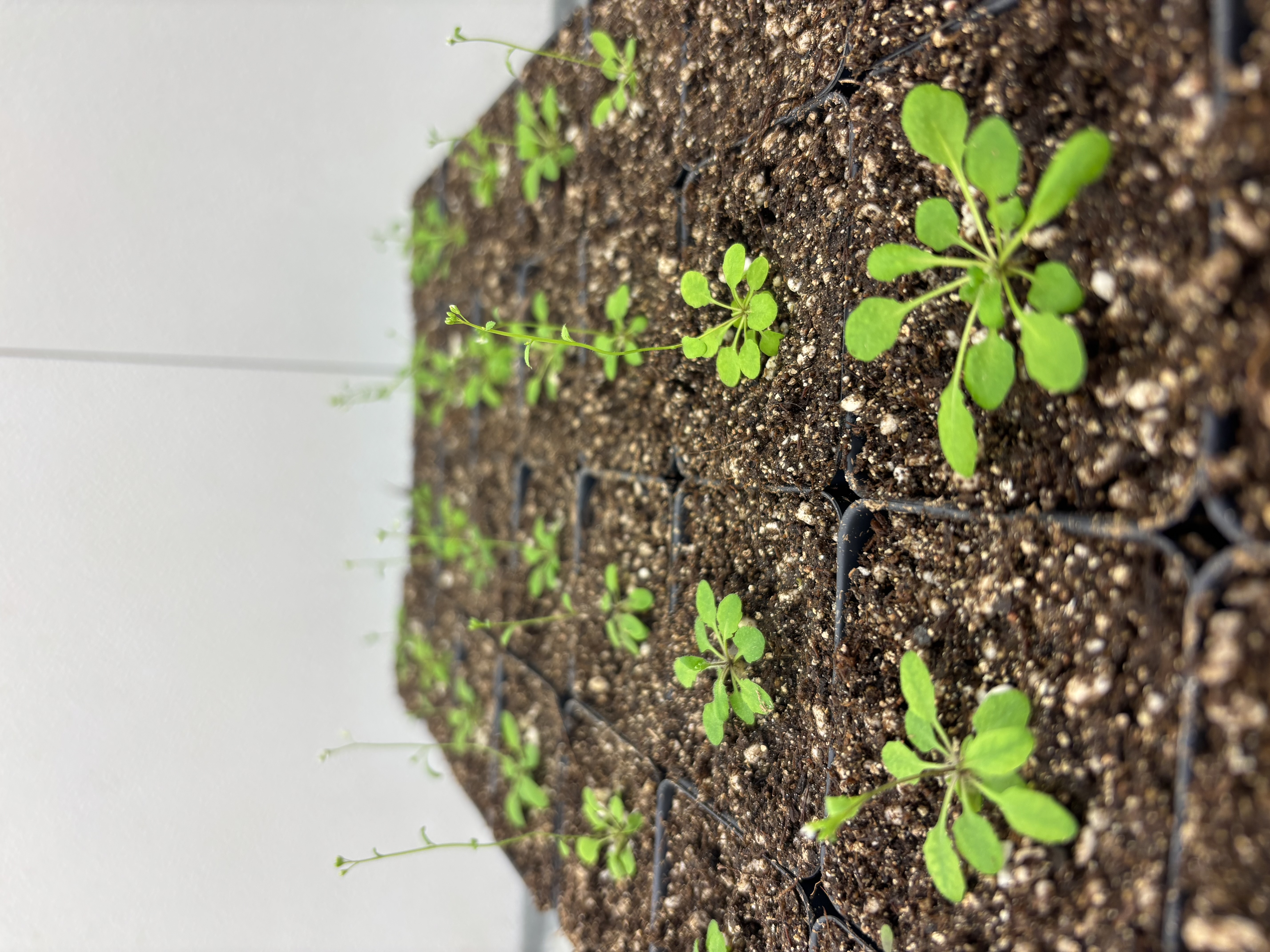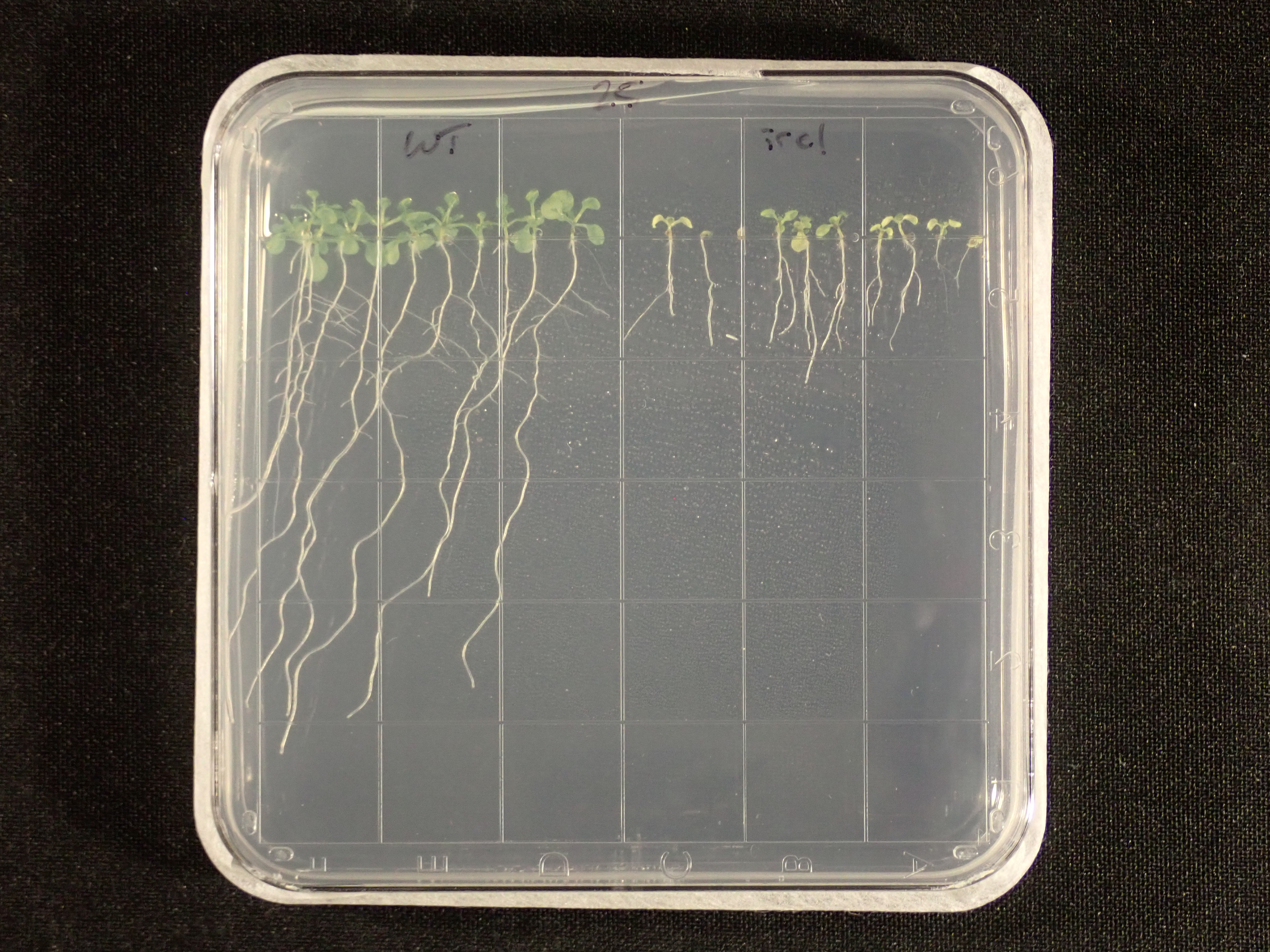ER Stress Biology
Adverse environmental conditions, as well as physiological situations requiring enhanced secretory protein synthesis, can cause an imbalance between demand and capacity of protein synthesis at the endoplasmic reticulum (ER). The ER can sense stress and restore homeostasis by invoking a protective signaling pathway known as the unfolded protein response (UPR). To initiate UPR, yeast largely relies on a linear arm based on the action of a conserved sensor, Ire1p. During the course of evolution, the suite of UPR arms harnessed additional sensors to accommodate more specific responses in a multicellular context. A major challenge in UPR studies is now to understand the biological role of the various UPR arms in intact organisms to define how the UPR signaling network functions to direct diverse cell-fate decisions in development and response to biotic and abiotic stress. In our lab, we take advantage of the conservation of plant and metazoan UPR and the availability of powerful genomics and molecular tools in the model plant Arabidopsis thaliana to address these questions.
Figure 1. Two Arabidopsis thaliana genotypes exhibiting different sensitivities to ER stress.

Figure 2. The model plant species used to study ER stress in our lab, pictured above, is Arabidopsis thaliana.
